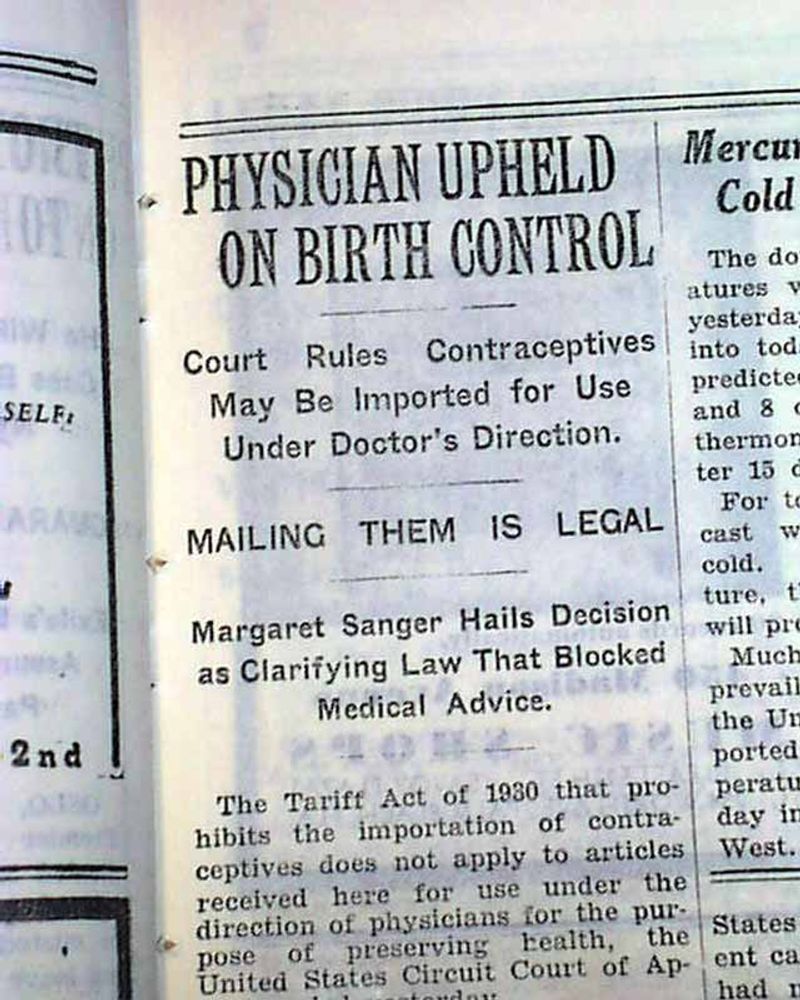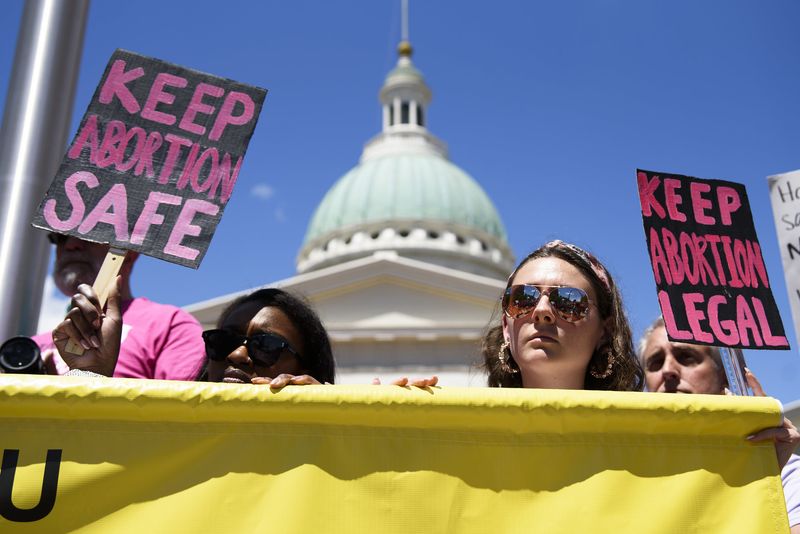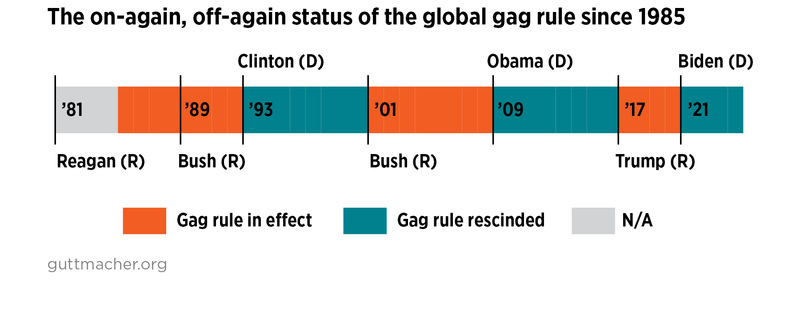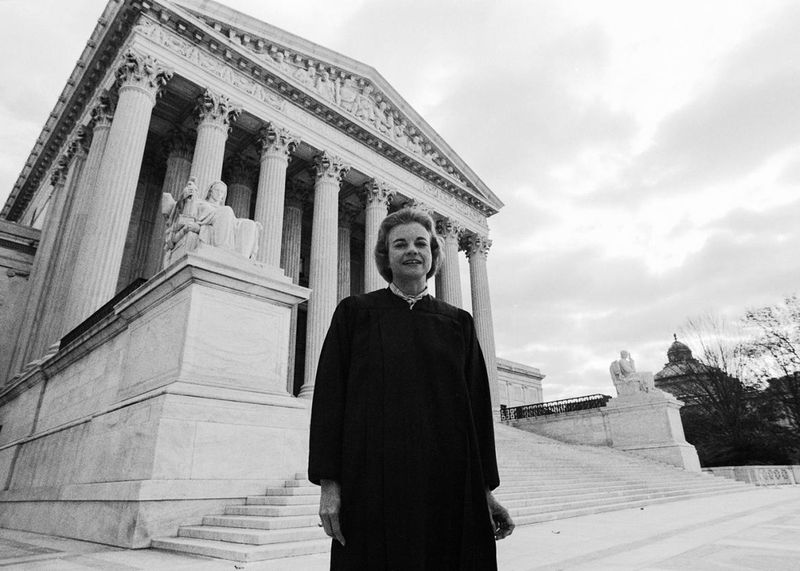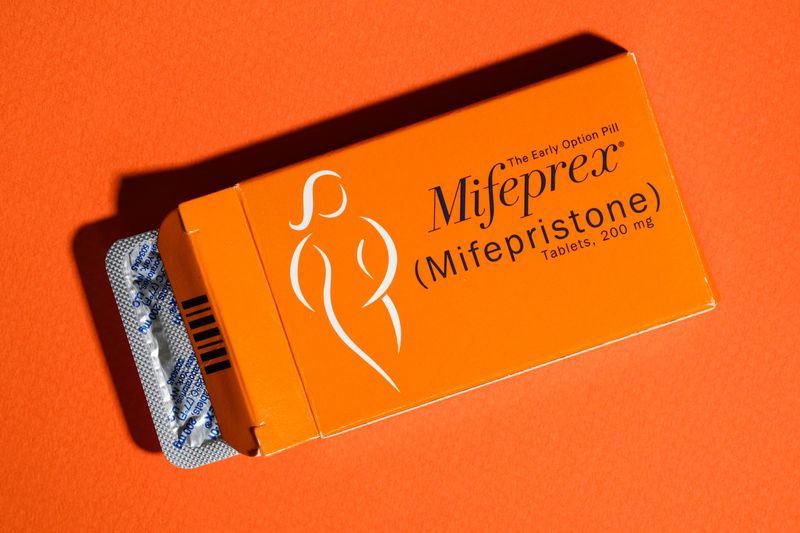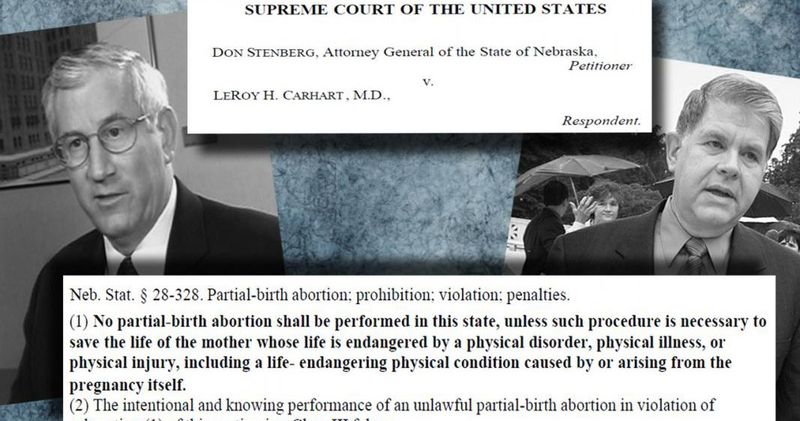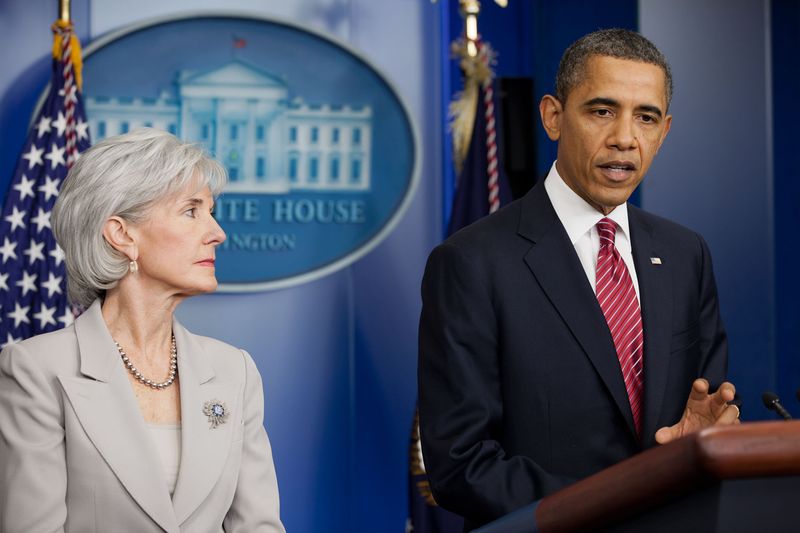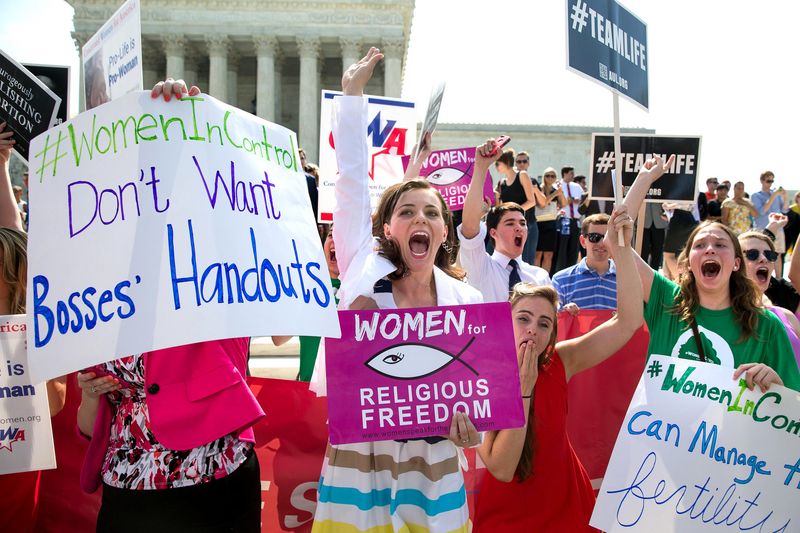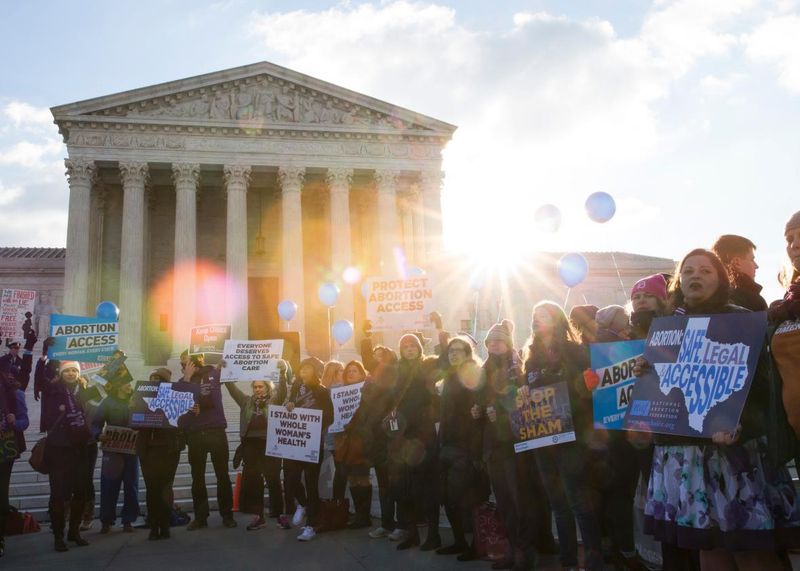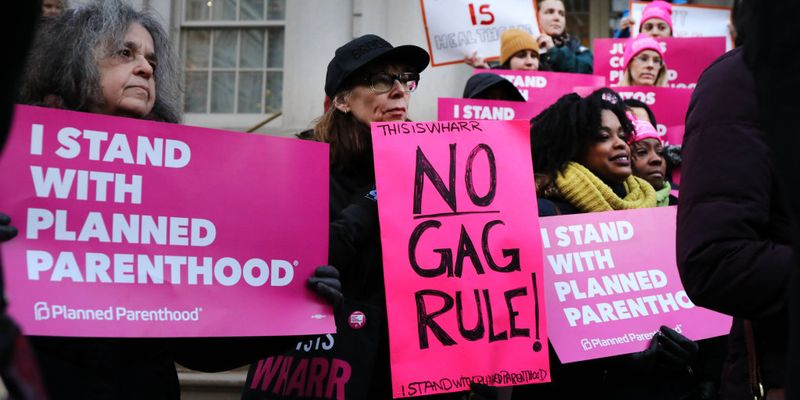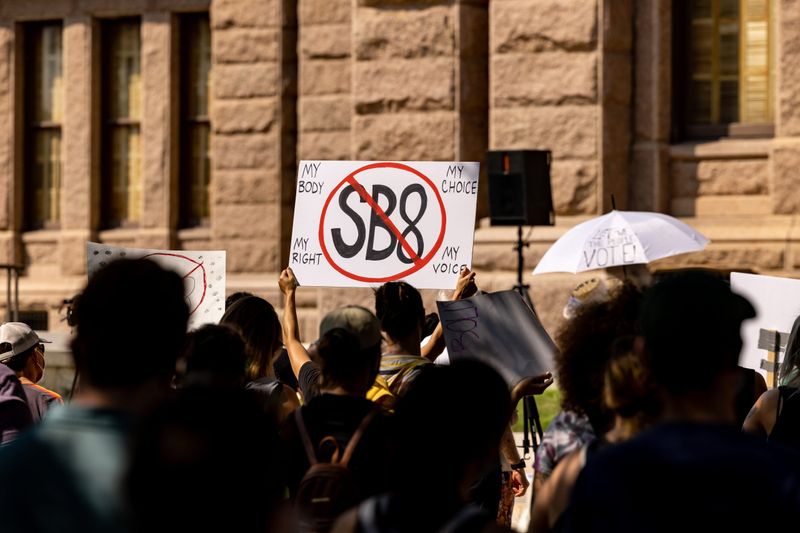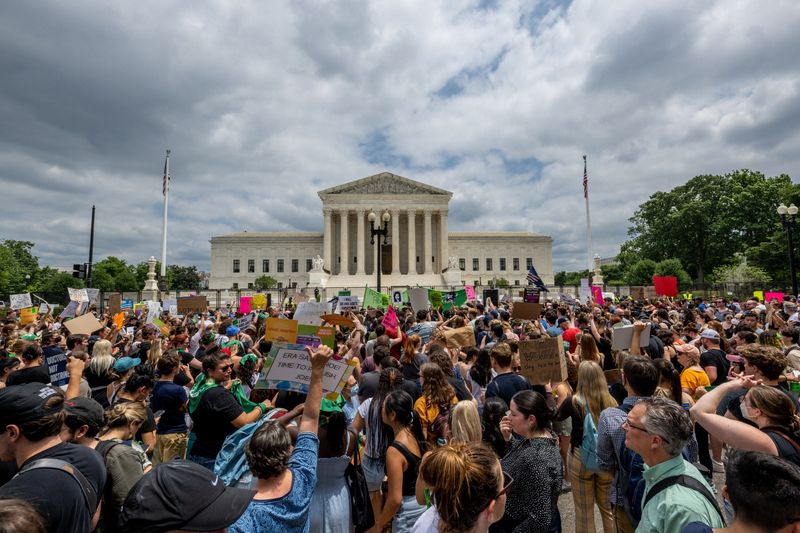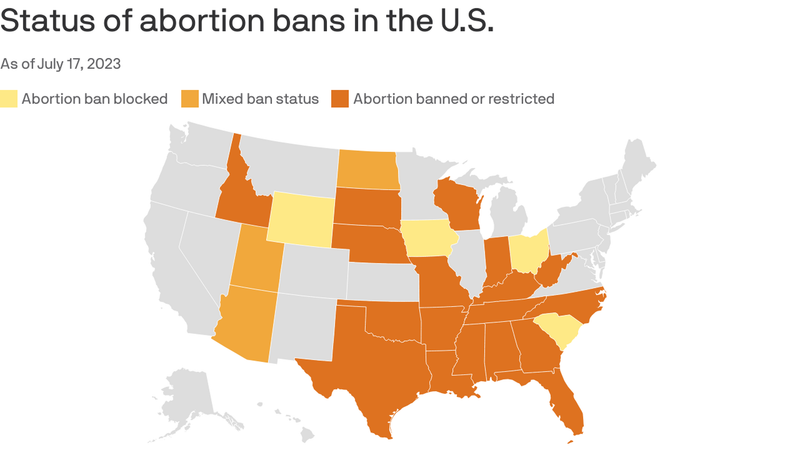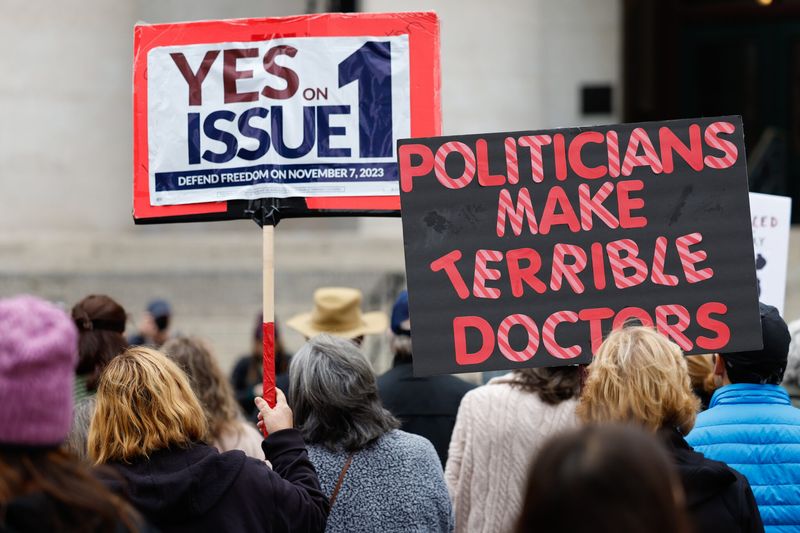The battle for reproductive freedom in America has been long and complicated. For over a century, advocates have fought for access to birth control, abortion care, and family planning services. These struggles have played out in courtrooms, clinics, and communities across the nation, fundamentally shaping healthcare access for millions of Americans.
1. Margaret Sanger’s Bold First Step (1916)
A nurse with a revolutionary vision opened America’s first birth control clinic in Brooklyn. Margaret Sanger’s small storefront operation lasted just nine days before police shut it down and arrested her.
The clinic had already helped 464 women gain crucial reproductive information. Sanger’s subsequent jail time transformed her into a national figure, igniting the American birth control movement that would eventually evolve into Planned Parenthood.
2. Doctors Gain Freedom to Prescribe Contraception (1936)
Federal courts delivered a monumental blow to oppressive Comstock laws in the case United States v. One Package. The ruling permitted physicians to legally import and prescribe contraceptives for their patients.
For decades, these Victorian-era regulations had classified birth control as “obscene materials.” This watershed moment marked the beginning of medical professionals reclaiming authority over reproductive healthcare decisions, opening the door for future contraceptive advances.
3. The Pill Revolution Begins (1960)
Women gained unprecedented reproductive control when the FDA approved Enovid, the first oral contraceptive. This tiny pill separated sex from pregnancy for the first time in human history.
Initially prescribed only to married women, the pill quickly became a symbol of reproductive freedom. By 1965, over 6.5 million American women were taking oral contraceptives, fundamentally transforming family planning and women’s career possibilities.
4. Privacy Rights Triumph in Griswold (1965)
Connecticut’s 1879 law banning contraception for married couples finally met its end. The Supreme Court’s landmark 7-2 decision in Griswold v. Connecticut recognized a constitutional right to privacy in marriage.
Justice William O. Douglas wrote that specific Bill of Rights guarantees create “penumbras” or zones of privacy. This legal foundation would later support other reproductive rights cases.
Estelle Griswold, the executive director of Planned Parenthood in Connecticut, had deliberately violated the law to challenge it.
5. Nixon’s Surprising Title X Program (1970)
President Richard Nixon, a Republican, surprisingly championed the creation of America’s first federal family planning program. Title X provided dedicated funding for comprehensive reproductive health services, focusing on low-income Americans.
This bipartisan achievement established a nationwide network of clinics offering contraception, STI testing, cancer screenings, and other vital services. For many rural and economically disadvantaged women, Title X clinics became their primary healthcare source.
6. Roe v. Wade Changes Everything (1973)
Seven Supreme Court justices made history by recognizing a constitutional right to abortion. The Roe v. Wade decision legalized abortion nationwide, establishing a trimester framework that balanced women’s rights with state interests.
Norma McCorvey, known as “Jane Roe,” had sought an abortion in Texas where it was illegal except to save a mother’s life. Her case took three years to reach the Supreme Court.
The ruling immediately transformed women’s healthcare access across America, particularly in states with strict abortion bans.
7. Hyde Amendment Restricts Access (1976)
Just three years after Roe, Congressman Henry Hyde successfully attached a budget rider prohibiting federal Medicaid funds from covering abortion services. The amendment created a two-tiered system of reproductive care based on economic status.
Women with private insurance or personal wealth could still access abortion, while low-income women often could not. The Hyde Amendment has been renewed annually for decades with only narrow exceptions for rape, incest, or life endangerment.
8. Reagan’s Global Gag Rule Impacts Worldwide Care (1984)
President Ronald Reagan announced the Mexico City Policy during a UN conference, restricting international organizations receiving U.S. funds from providing or even discussing abortion services. The policy became known as the “Global Gag Rule” among reproductive rights advocates.
This executive action created a political ping-pong effect. Democratic presidents Clinton and Obama would later rescind it, while Republicans Bush and Trump reinstated and expanded it. The policy affected millions of women in developing countries who relied on these organizations for basic healthcare.
9. Casey Decision Creates New Standards (1992)
The Supreme Court narrowly preserved Roe v. Wade’s core protections in Planned Parenthood v. Casey, but significantly altered abortion rights. The 5-4 decision replaced Roe’s trimester framework with an “undue burden” standard.
States gained more power to regulate abortion as long as they didn’t create “substantial obstacles” to access. The ruling opened the door for waiting periods, parental consent requirements, and mandatory counseling.
Justice Sandra Day O’Connor, the first woman on the Court, co-authored the pivotal opinion.
10. Medication Abortion Revolutionizes Care (2000)
After years of use in Europe, the FDA finally approved mifepristone (RU-486) for early pregnancy termination. This medication abortion option eliminated the need for surgical procedures in many cases.
Women could now end pregnancies in the privacy of their homes during the first 10 weeks. The approval came after intense political battles and a special FDA review process.
Advocates celebrated the decision as expanding access, particularly for women in rural areas far from abortion clinics.
11. Bush-Era Procedure Ban Upheld (2003-2007)
President George W. Bush signed the Partial-Birth Abortion Ban Act, prohibiting a specific late-term abortion procedure without health exceptions. The law marked the first federal ban on an abortion method since Roe.
Medical organizations opposed the law, arguing it used non-medical terminology and potentially criminalized necessary procedures. The Supreme Court upheld the ban in Gonzales v. Carhart (2007), with Justice Anthony Kennedy writing that Congress had legitimate interests in protecting fetal life.
12. Affordable Care Act Expands Contraceptive Coverage (2010)
President Obama’s signature healthcare law included a game-changing mandate: most employer health insurance plans had to cover contraception without copays. This provision made birth control accessible to millions of American women who previously struggled with high costs.
Studies showed dramatic drops in out-of-pocket spending on contraceptives after implementation. For many women, the ACA meant accessing more effective long-acting methods like IUDs and implants for the first time.
13. Hobby Lobby Decision Limits Coverage (2014)
Religious objections to contraception gained unprecedented legal standing in Burwell v. Hobby Lobby. The Supreme Court ruled 5-4 that closely held corporations could deny contraceptive coverage to employees based on owners’ religious beliefs.
Justice Ruth Bader Ginsburg wrote a fierce dissent, warning the decision would allow companies to “opt out of any law they judge incompatible with their sincerely held religious beliefs.” The ruling affected thousands of workers at businesses with religious owners opposed to certain birth control methods.
14. Hellerstedt Victory Against TRAP Laws (2016)
Texas abortion providers scored a major win in Whole Woman’s Health v. Hellerstedt when the Supreme Court struck down the state’s restrictive regulations. Texas had required abortion clinics to meet ambulatory surgical center standards and doctors to have hospital admitting privileges.
Justice Stephen Breyer’s majority opinion found these requirements provided no health benefits while severely reducing access. The 5-3 decision invalidated similar laws in other states.
After the Texas law had initially passed, over half the state’s abortion clinics had closed.
15. Trump Administration’s Title X Restrictions (2020)
The Trump administration implemented a sweeping “gag rule” on the Title X family planning program, prohibiting clinics from referring patients for abortion services. This dramatic policy shift forced Planned Parenthood and many other providers to exit the program rather than limit care.
Nearly 1,000 clinics left Title X, creating immediate gaps in services for low-income patients. In some rural areas, the nearest Title X provider suddenly became hundreds of miles away.
16. Texas Heartbeat Act Creates Vigilante System (2021)
Texas implemented SB8, a revolutionary anti-abortion strategy that banned procedures after about six weeks while evading judicial review. The law’s unique enforcement mechanism authorized private citizens—not government officials—to sue anyone helping someone obtain an abortion.
Potential plaintiffs could seek $10,000 plus legal fees, creating a bounty system. The Supreme Court declined to block the law despite it clearly contradicting Roe’s protections.
Abortion services in Texas plummeted by 60% in the first month after implementation.
17. Dobbs Decision Overturns Roe (2022)
Nearly 50 years of federal abortion protection ended when the Supreme Court ruled 6-3 in Dobbs v. Jackson Women’s Health Organization. The decision upheld Mississippi’s 15-week abortion ban and explicitly overturned both Roe v. Wade and Planned Parenthood v. Casey.
Justice Samuel Alito wrote that abortion rights were not “deeply rooted in this Nation’s history and traditions.” The three liberal justices dissented, warning that women had lost a fundamental constitutional protection.
18. Post-Dobbs Abortion Bans Sweep States (2022-2023)
A domino effect of abortion restrictions rapidly transformed America’s reproductive landscape after Dobbs. Thirteen states activated “trigger laws” designed to ban abortion immediately if Roe fell.
By 2023, nearly half of U.S. states had severe restrictions or total bans in place. Women in restrictive states faced impossible choices: travel hundreds of miles for care, seek underground options, or continue unwanted pregnancies.
Doctors reported delaying emergency care for pregnancy complications due to legal fears.
19. Mifepristone Access Faces Legal Challenges (2023)
Anti-abortion groups launched a novel legal attack, challenging the FDA’s 23-year-old approval of mifepristone. A Texas federal judge initially suspended the drug’s approval entirely, threatening to remove America’s most common abortion method from the market.
The Supreme Court temporarily preserved access while litigation continued. Medication abortion had become increasingly vital after Dobbs, accounting for over 60% of all U.S. abortions.
The case raised unprecedented questions about courts overruling FDA scientific determinations.
20. Ballot Initiatives Reflect Public Will (2023-2024)
Voters directly shaped abortion policy through state ballot measures, frequently supporting reproductive rights even in conservative regions. Ohio made headlines when 57% of voters approved a constitutional amendment protecting abortion access, despite the state’s Republican leadership opposing it.
Similar victories occurred in Michigan, Vermont, and Kentucky. These results revealed a significant gap between elected officials’ positions and public opinion.
Reproductive rights organizations shifted strategy toward ballot initiatives as the most effective path forward.


